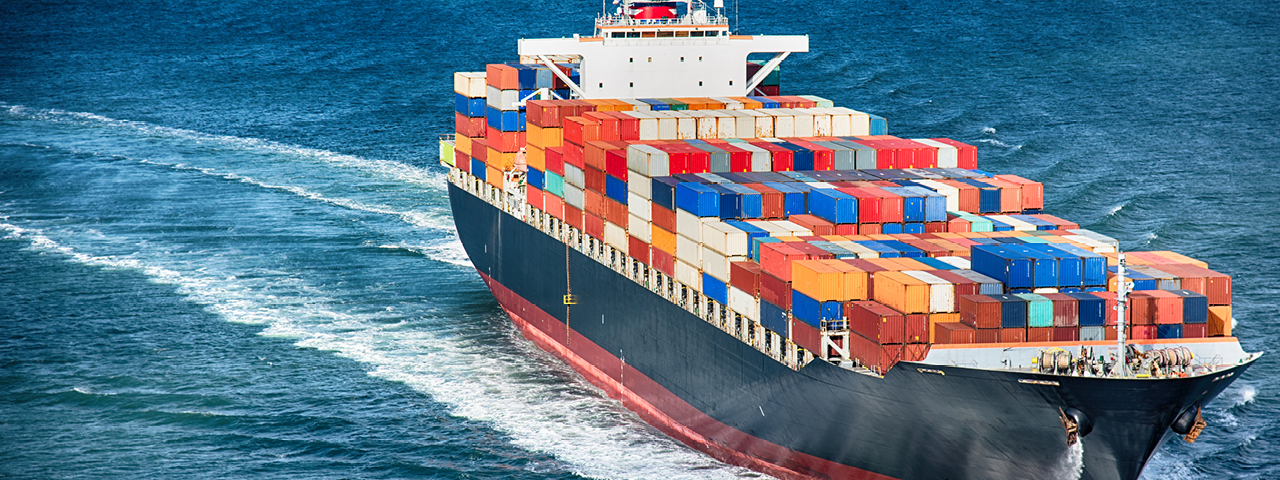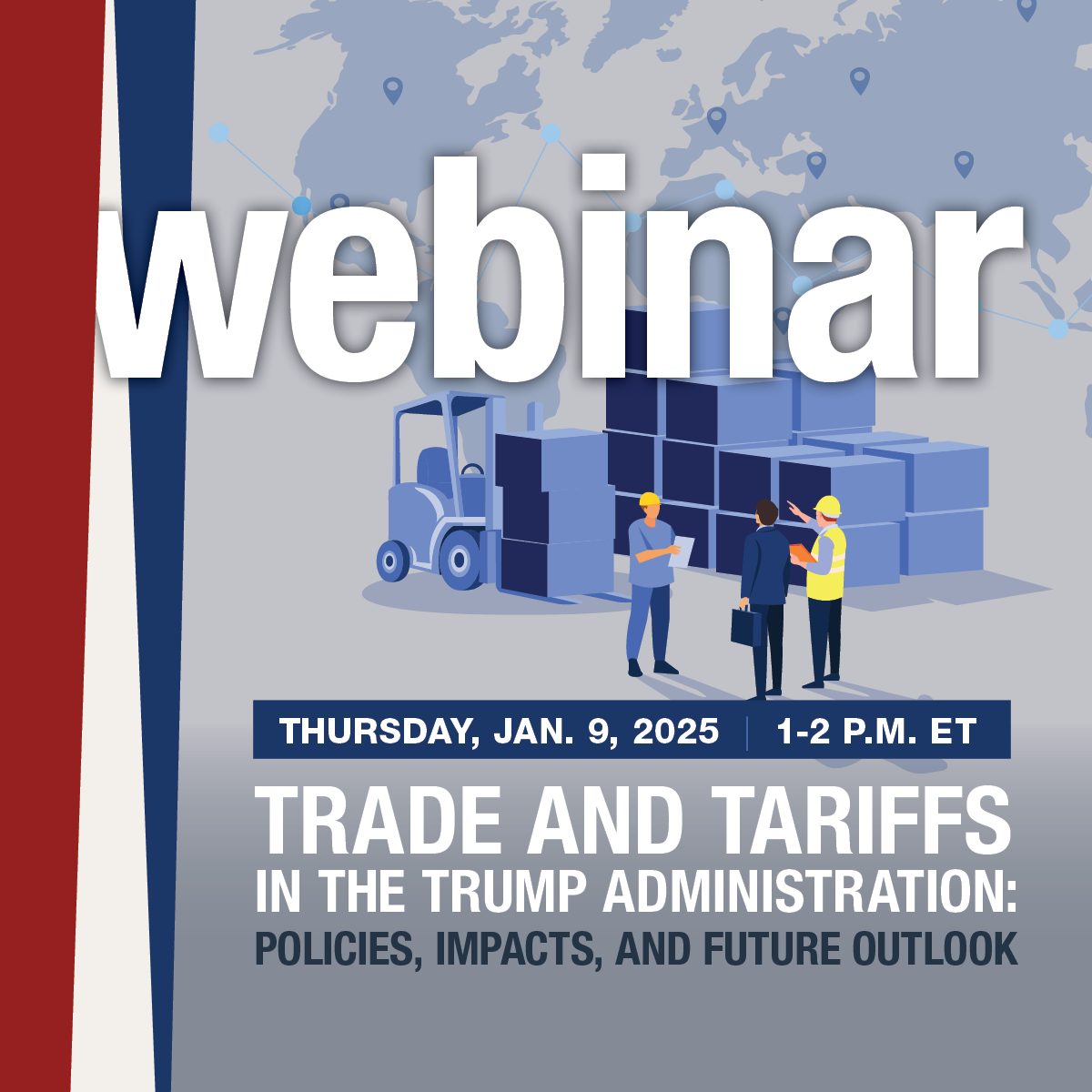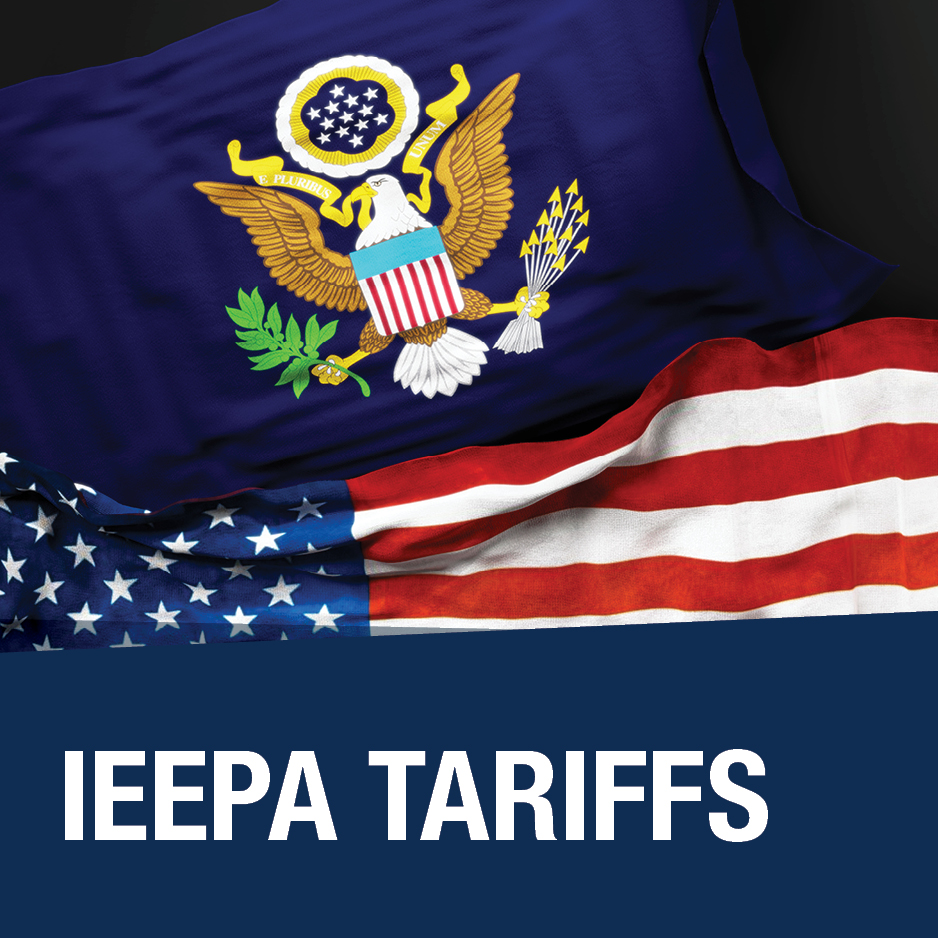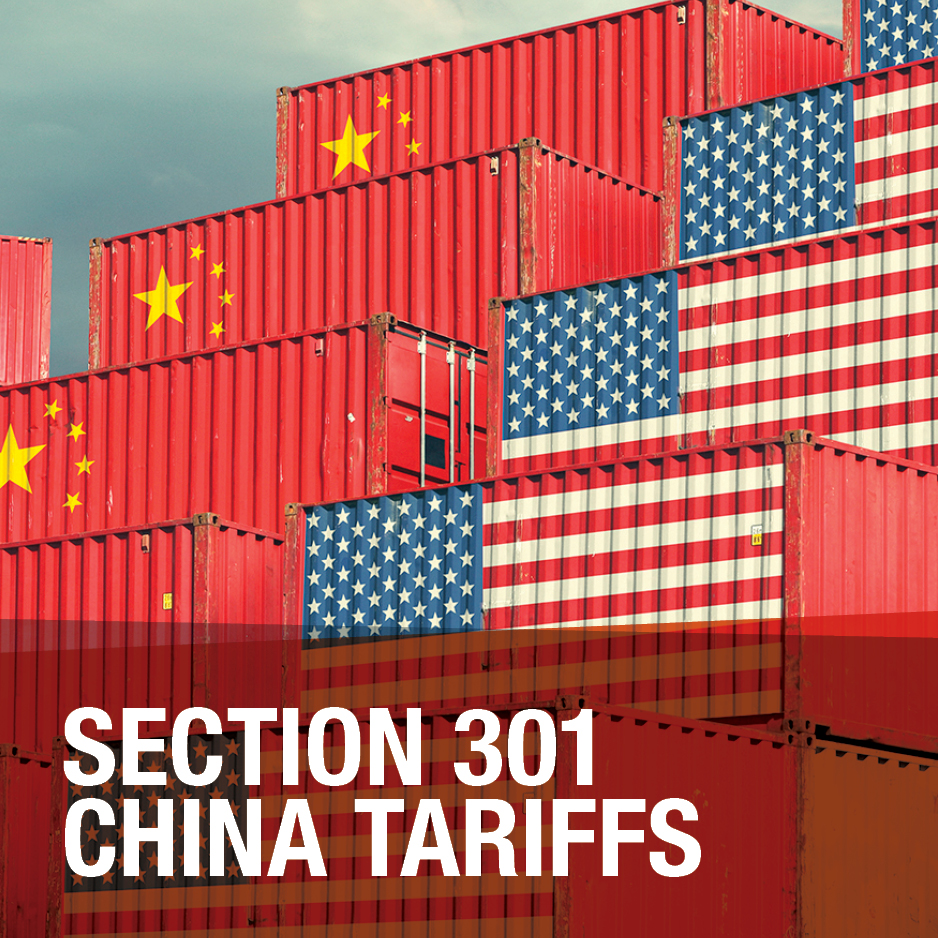
Tariffs and Trade
Tariffs & Trade Impacting the Automotive Aftermarket Latest News
The Auto Care Association is actively monitoring this evolving situation and will provide updates as new information emerges. Check this page regularly for the latest developments.
Has your business been impacted by Tariffs?
We welcome your feedback to help us better understand and assess the impact of these tariffs on our industry and businesses. Please share with us by contacting Angela Chiang, director, international affairs, at angela.chiang@autocare.org.
Share Your Impact StoryCurrent Status
As of Mar. 4, 2025, the 25% tariffs on imports from Canada and Mexico, initially postponed, are now in effect. The tariff on imports from China was initially set at 10% on Feb. 4, 2025, and increased to 20% on Mar. 4, 2025.
These tariffs, imposed under the International Emergency Economic Powers Act (IEEPA) through executive orders issued by President Trump on February 1, 2025, apply in addition to existing import duties and taxes, with no exemptions.
Current Status
The Section 301 China tariffs implemented in 2018-2019 remain in effect, with most tariff rates unchanged since their initial implementation. While some product exclusions have been extended, the majority have expired, except for a limited set scheduled to expire on May 31, 2025.
Additionally, a new 20% tariff on imports from China was imposed under IEEPA, taking effect on Mar. 4, 2025.
Current Status
On Monday, Feb. 10, 2025, President Trump signed a proclamation expanding the Section 232 tariffs on imports of steel and aluminum, eliminating all country exemptions and tariff-rate quotas.
The new steel and aluminum tariffs go into effect on Mar. 12, 2025. All previous country exemptions and product exclusions have been eliminated.
Latest News

Port Strike Tentatively Resolved, with Automation, Job Protection Remaining as Key Issues
As we previously shared, on Oct. 3, the International Longshoremen’s Association (ILA) and the United States Maritime Alliance, Ltd. (USMX) announced a tentative agreement to end the three-day strike at East and Gulf Coast ports in the United States. The two sides agreed to extend the previous contract—which ended on Sept. 30, 2024—through Jan. 15, 2025.
The ILA issued a memo to its members, detailing the tentative agreement which secured a 61.5% wage increase over six years. However, critical issues, including job protection and automation remain unresolved.
The contract includes language to allow for some automation but also includes language for job protection. However, Harold Daggett, lead negotiator and ILA president, is demanding “absolute airtight language that there will be no automation or semi automation.”
The memo emphasizes the need for ILA members to manage key port facility tasks, to prevent outsourcing to non-union workers or automated systems and to secure strong protections against the introduction of remote-controlled or fully automated equipment. Industry experts anticipate that automation concerns will be a major sticking point in future negotiations.
Port leaders expect recovery from the shutdown to be swift, with minimal disruption due to the relatively short duration of the strike and reduced volumes from front-loading shipments and utilizing West Coast ports.
Press Releases
 Press Release
Press Release Auto Care Association Responds to Trump Administration’s 25% Tariff on Steel, Aluminum Imports
 Press Release
Press Release Auto Care Association Responds to Trump Administration’s Sweeping Tariffs on Canada, Mexico, China

Trade & Tariffs Impact Webinar
On Jan. 9, the Auto Care Association hosted the webinar “Trade and Tariffs in the Trump Administration: Policies, Impacts and Future Outlook.” Led by Patricia Paoletta and Kent Bressie, partners at HWG, the session analyzed the administration’s approach to reshaping global trade dynamics through tariffs and import restrictions aimed at addressing trade imbalances, protecting domestic industries and challenging unfair practices.
The webinar explored key trade statutes and their potential application under the incoming administration, focusing on tools such as the International Emergency Economic Powers Act (IEEPA), Section 301 and Section 232. These mechanisms address national security, unfair trade practices and broader economic challenges. Speakers include:
- Patricia Paoletta, Partner, HWG
- Kent Bressie, Partner, HWG






Leave a comment